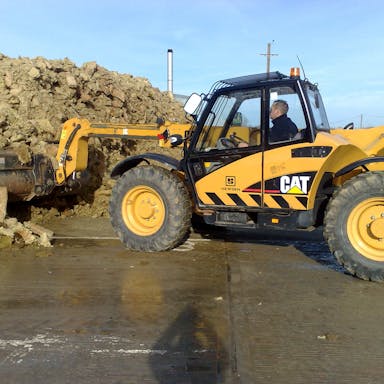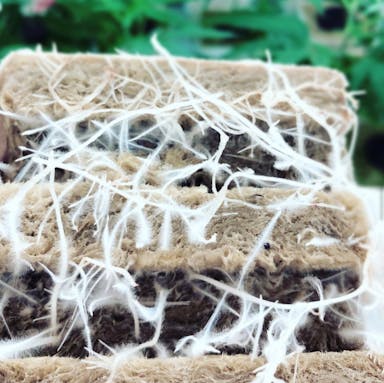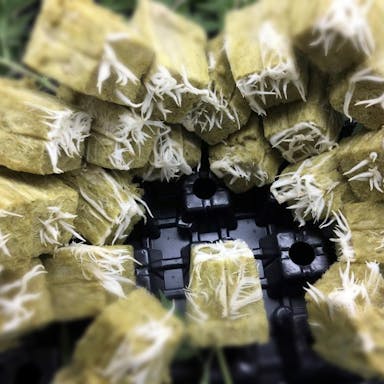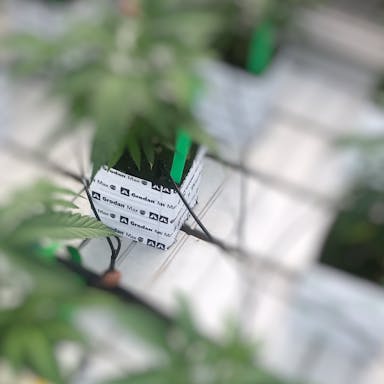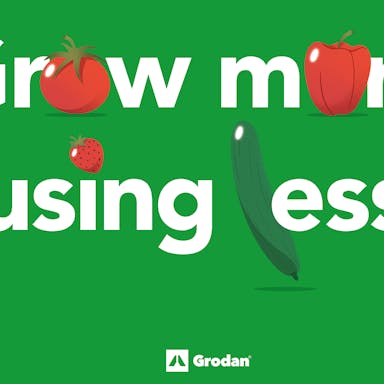1. What is imaging technology? Why is it relevant?
“With this technology, a machine can analyze a set of photos and give the grower advice, based on the information those photos provide. This helps the grower take critical decisions about, for example, his irrigation management, lighting, and harvesting. The interesting thing about this technology, is that the machine learns from previous experiences through advanced deep learning algorithms. Every time the machine analyzes a set of photos, the machine gets to know the greenhouse better, and develops customized advice for that specific greenhouse. Different machines in various greenhouses can also interact with each other and learn from each other. In that way, prediction models can be developed to help growers cultivate even more efficiently.”
2. You worked on imaging technology for the space sector first. What made you change to the horticulture sector?
“I believed it was time to introduce technologies from AI space research to the practical challenges of our daily lives. Many people find AI and new technologies quite intimidating and fear it will take away their jobs. I wanted to take away that fear. Technologies are already part of our daily lives and can actually help us with things we do not like to do (for example crop counting). We have robots on assembly lines and autonomous cars, and they all depend on AI and imaging technology to a certain degree. So why not use these technologies to bring fresh and sustainable food to the table? That’s why I decided to transfer my knowledge from space to the horticulture industry and started working with companies like Grodan.”

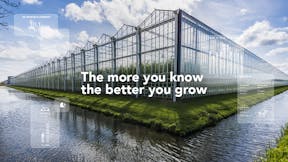
Download the whitepaper about the start of data-driven growing
Download the whitepaper about the start of data driven growing and read more what data-driven growing is and how it can help you.
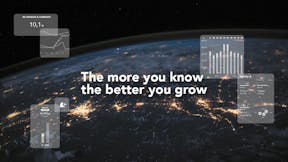
Download the whitepaper about the impact of data-driven growing
Download the whitepaper about the impact of data driven growing and read more what data-driven growing is and how it can help you.
